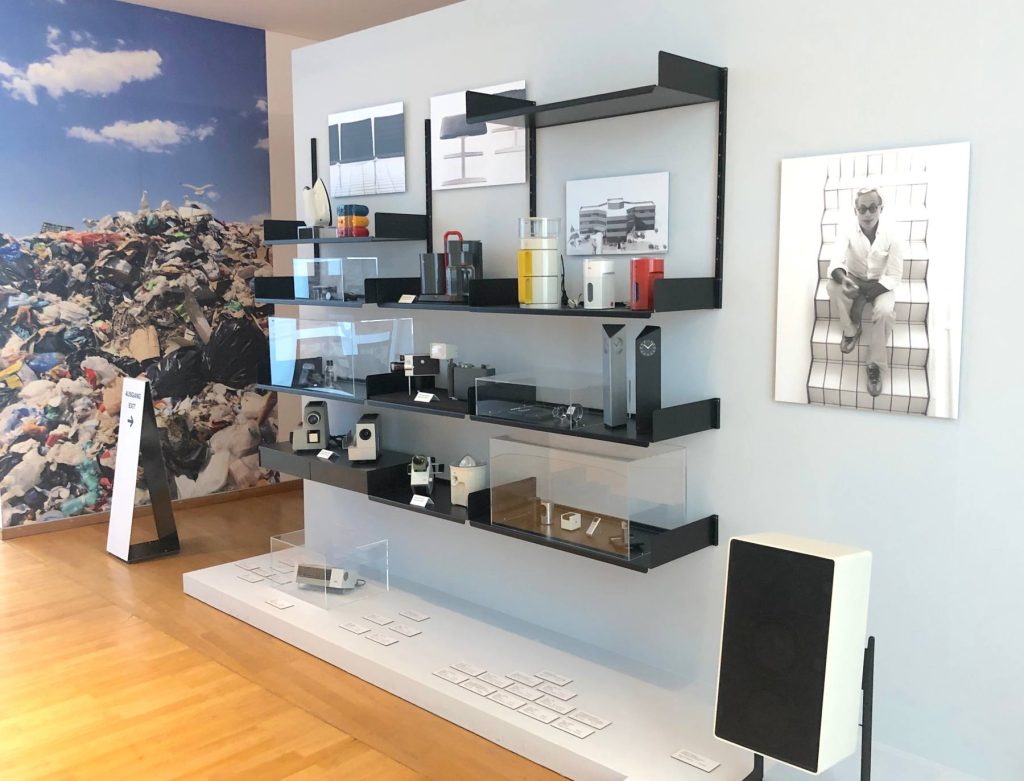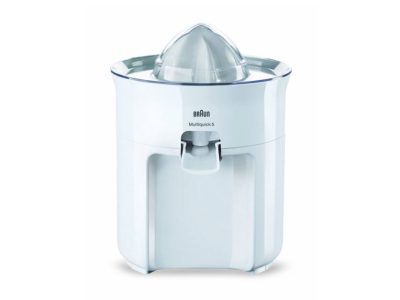Durability: Design with a Long-Term Approach
Gerrit Terstiege

Dieter Rams' style room at the Museum of Applied Arts in Frankfurt
Photo: Klaus Klemp © rams foundation
At design schools, where the designers of tomorrow are trained, durability should always play a significant and decisive role, even in visionary projects and studies. Ideas should not just revolve around the spectacular. Dieter Rams repeatedly spoke out against the spectacular, favouring instead the unspectacular. He was always concerned with emphasising the essence of a product. To be clear, a pencil sharpener need not appear as though its shape were optimised in a wind tunnel. A kitchen does not have to be round like a ball to be a practical workspace. And a lemon squeezer can do without any sculptural or artistic accents. The history of design has often demonstrated that an unusual formal vocabulary generates short-lived attention. In the long term, however, many things that seemed ‘radical’, ‘artistic’ or post-modern and individual years ago have since become irrelevant and are forgotten. It is far more difficult to realise a well thought-out, enduring design approach than to merely stage something new. Surprising shapes and colours that evoke the impression of speed and dynamism, for example, can achieve rapid recognition and have a viral impact in both traditional and social media. Yet to what end, and with what consequences?
‘The days of mindless design,’ says Rams, ‘which can only thrive in times of mindless production for mindless consumption, are over. We can’t afford any more thoughtlessness.’ That’s why we at the rams foundation would also like to open up for discussion precisely those design approaches that lead to a long product life. Incidentally, design alone cannot achieve this. High-quality production and the use of durable materials are also needed to ensure these factors bear fruit. And all this is frequently not inexpensive. However, the price we all pay when the markets are flooded with even more cheap goods, the cheapest technology, and the cheapest clothing imaginable may be a very high one.
It is encouraging to observe how many industries are now making use of recycled materials. Also, how intensively they are exploring new processes and concepts for reusing, repurposing as well as sharing goods and devices. This is particularly true when sharing concepts, supported by corresponding apps, since it means that not everyone buys and uses a product for themselves. When it is available to many, then aspects such as durability, ease of use, and high manufacturing quality once again come into play. Yet aesthetics remains the central determinant for the economic and ecological success of a product. In relation to architecture, the renowned architect Professor Muck Petzet recently succinctly stated: ‘Taste is the most common reason for tearing down a building, not its technical condition or functionality.’
More contributions

‘Runs and runs and runs…’, the Braun citromatic MPZ 2 from 1972

A shining example of long-lasting design: the PH5
The design of luminaires undoubtedly offers a substantial level of freedom. From a technical perspective, the relatively straightforward task of directing light in a fairly focused manner does not require great complexity. However, it is precisely this creative freedom that has led to decades of designs featuring an abundance of extravagant, experimental, or unnecessarily dynamic luminaires.

Less, but better: Dieter Rams’ first exhibition in China
In partnership with the Beijing Contemporary Art Foundation (BCAF), our touring exhibition Less, but better: Dieter Rams’ first exhibition in China is travelling to one of the most important production sites for world trade and therefore to one of the centres where sensible design is given a high priority—the Middle Kingdom.